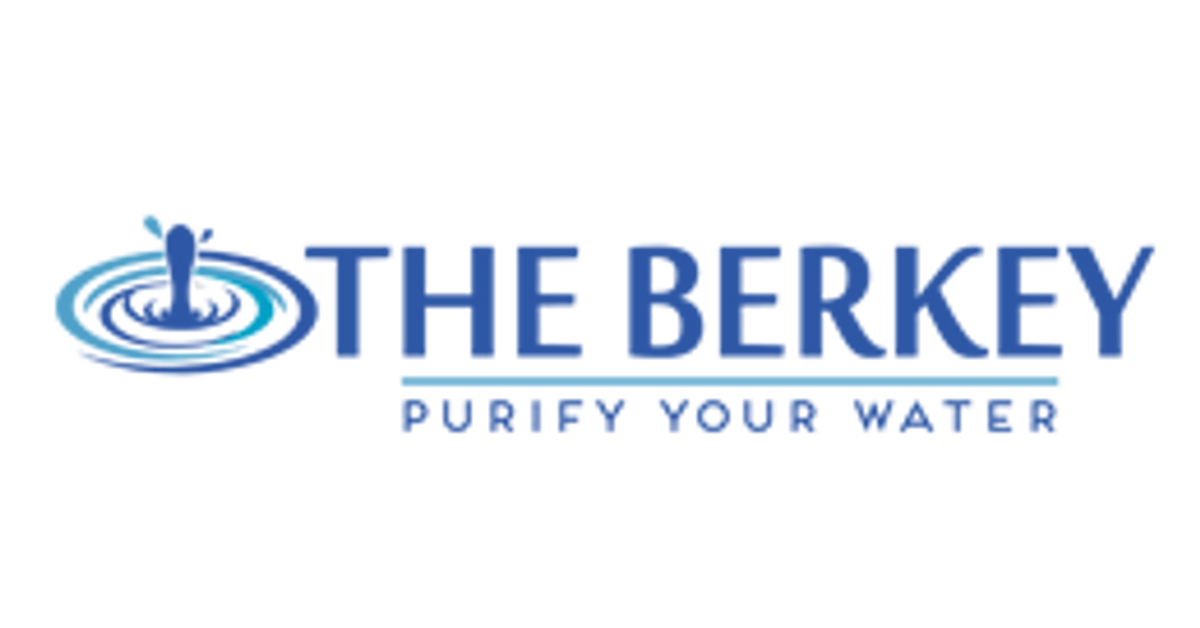After reading your post I found information on the net regarding how it is used and what it does. It really sounds great in many respects. In particular it's ability to remove iron.
But what I question is what keeps the water from being contaminated once it is treated with hydrogen peroxide? With chlorine, the water is tested, and if there is a residual shown in the test results, the water is generally considered safe. If there is no residual, safety then becomes questionable.
In other words, does hydrogen peroxide have residual working properties that keeps the water safe after the initial treatment that is detectable like chlorine is?
When we go camping I test the water, if no chlorine I add to ensure it's safe to use. We also test it to be certain it's within safe limits.
Well now......I see some variables in answering those questions.
How long is the water to be stored ?
Will the water be stored in sealed containers ?
Peroxide does slowly lose its potency over time, but in a sealed container, no contaminants can enter after the fact.
There may need be a bit of research done, but my suspicion would be that, for longer term storage, a larger dose/percentage of peroxide to water would be the ticket.
Other than hearing nothing but good from several of my agricultural and culinary matters mentors....my experience with peroxide is generally short term, in regard to water purification, as we have springs from which we draw house water, and our rain water catchment system is of continuous use. The water never sits for long.
We do have one 550 gallon tank that handles summer rain water... and it will periodically accumulate algae, and/or give off a slight bacterial odor, and sometimes a very slight clouding.
One cup of 35% peroxide eliminates all of that, overnight, leaving the entire 550 gallons fresh, clear and odorless the following morning.
We use it in cleanup of the milking stainlessware.
We put a similar ratio in our animals’ drinking water.
It is a real testament to see how fresh the cows and chickens waterers maintain with a few drops of peroxide added once a week.....
Read up on it. In short order, you’ll have me beat for book-larnin’ on the topic.
Most of mine is from experience.
Incidentally.....peroxide replaces bleach in stain removal and whitening of laundry, as well.
And we’ve yet to delve into the medicinal and internal cleansing uses....







